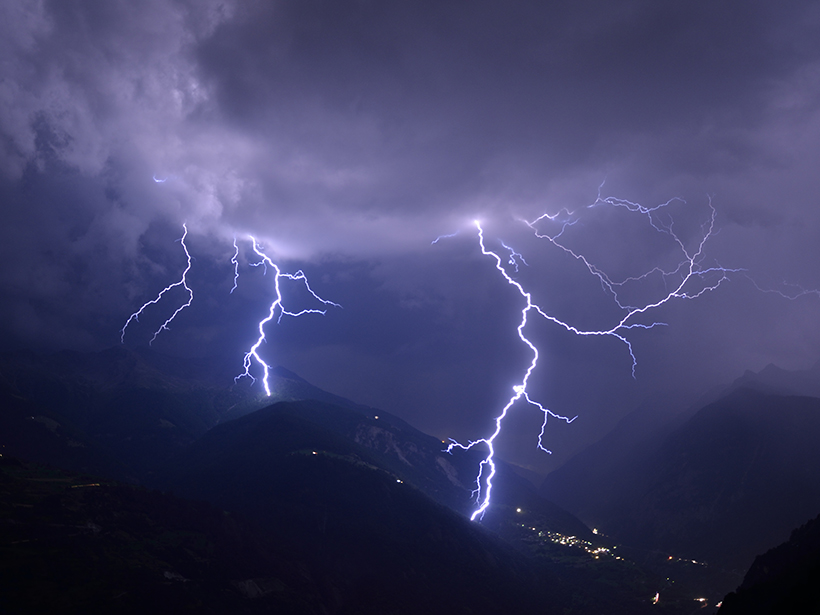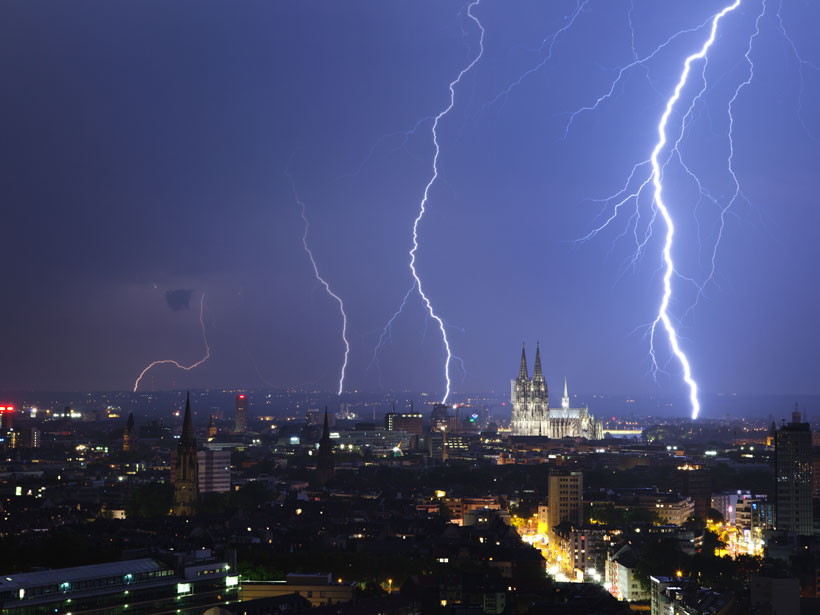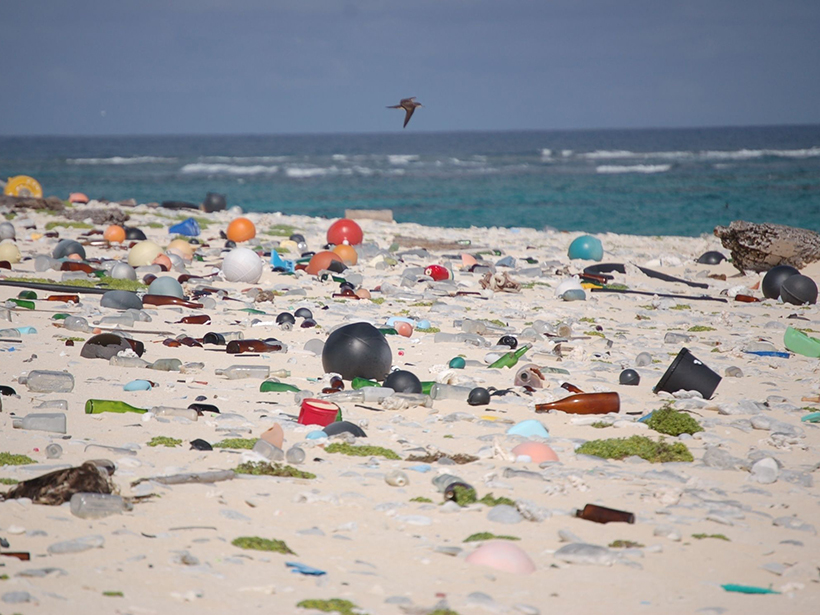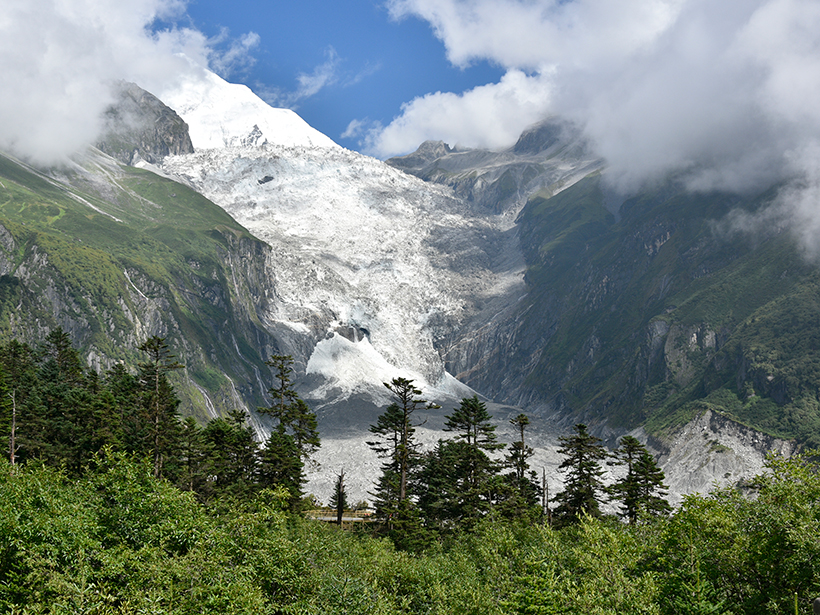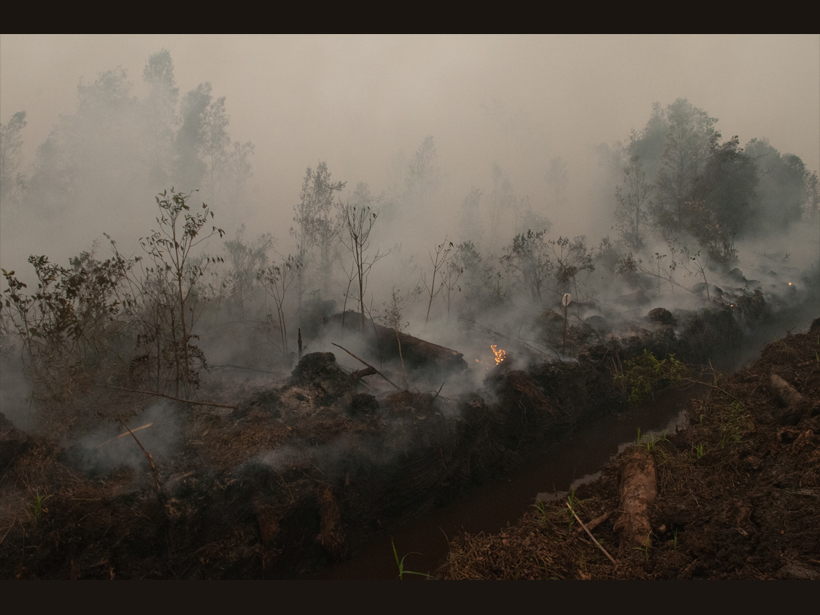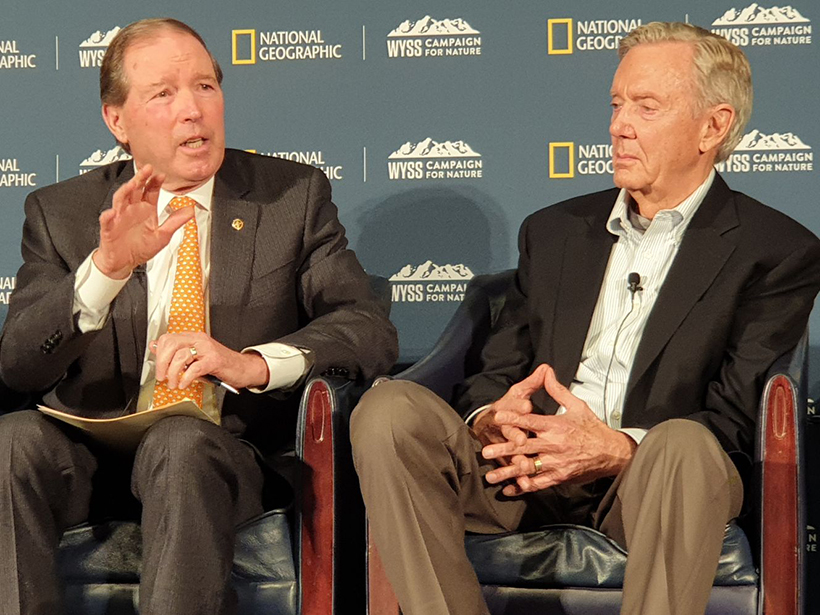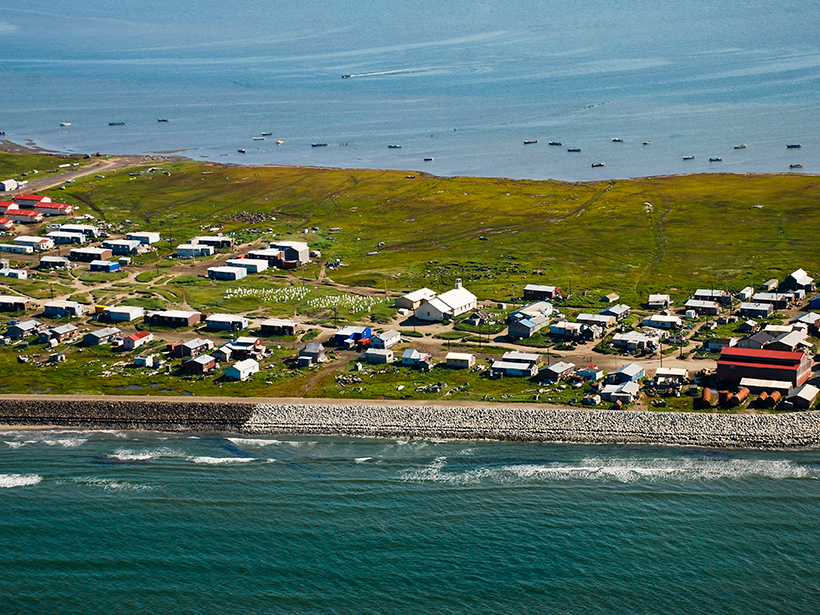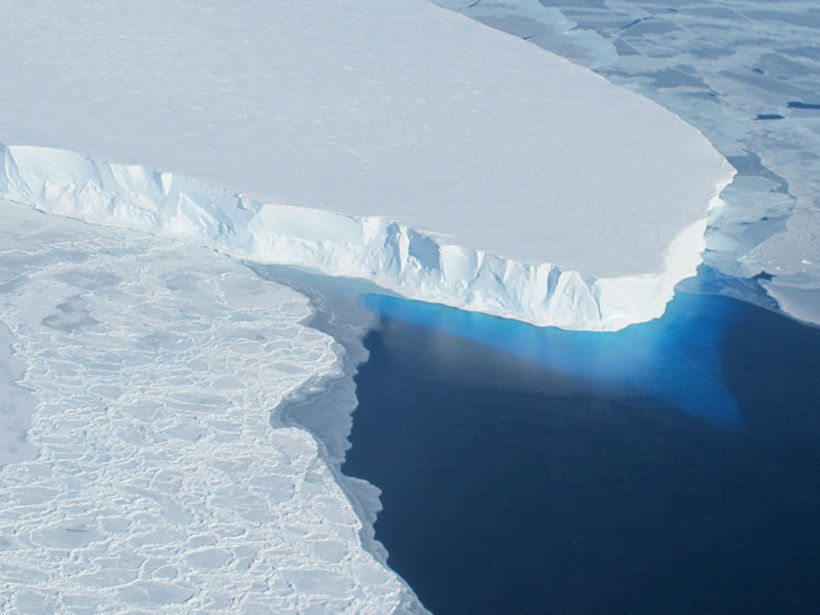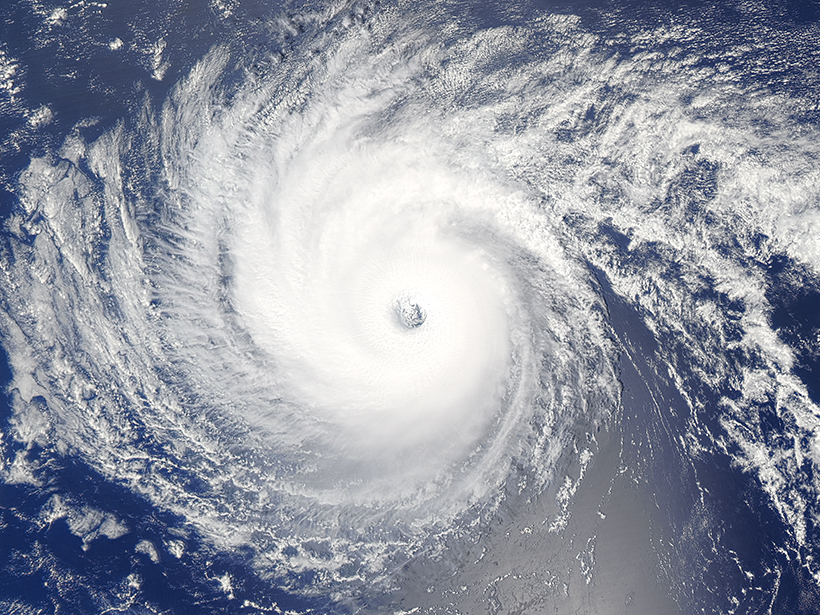Researchers used machine learning to develop a model that can predict lightning strikes to within 30 minutes of their occurrence and within 30 kilometers of a weather station by using just four simple atmospheric measurements.
News
Northern Europe Set for Increases in Lightning
As the climate warms across Europe, a rise in severe thunderstorms could bring a dramatic increase in related hazards, including lightning and hailstones.
Bill Calls for Dramatically Cutting Plastic Pollution
With just 8% of plastic waste in the United States currently being recycled, the bill aims to set up an effective plastic recycling program and limit single-use plastic.
The Give and Take of Mercury in Glacial Landscapes
As glacial ice melts, toxic mercury is released into the environment. But a new study shows vegetation may be an effective cleanup crew.
Cortes de Energía, PG&E y el Futuro Vacilante de la Ciencia
Mientras los legisladores debaten sobre los apagones como una medida paliativa para resolver el problema de los incendios forestales en Estados Unidos, la ciencia pende de un hilo.
Starting (and Stopping) a Fire to Study It
Fire experiments on peatlands in Southeast Asia have identified previously unknown emissions patterns and could point to ways to detect these smoldering fires before they become too big to fight.
30 by 30: A Push to Protect U.S. Land and Water
The effort to conserve at least 30% of U.S. land and ocean by 2030 is part of an international push for conservation aiming to protect biodiversity and mitigate climate change impacts.
Helping Alaskan Communities Facing Climate Risks
Scientists examine how best to use science to help communities respond to rapid climate change in the Arctic.
From Glaciers in Antarctica to Emissions in England
What Earth and space science stories are we recommending this week?
Violence Increases with Climate Change
Stresses from environmental triggers are leading to more gender-based violence around the world.

